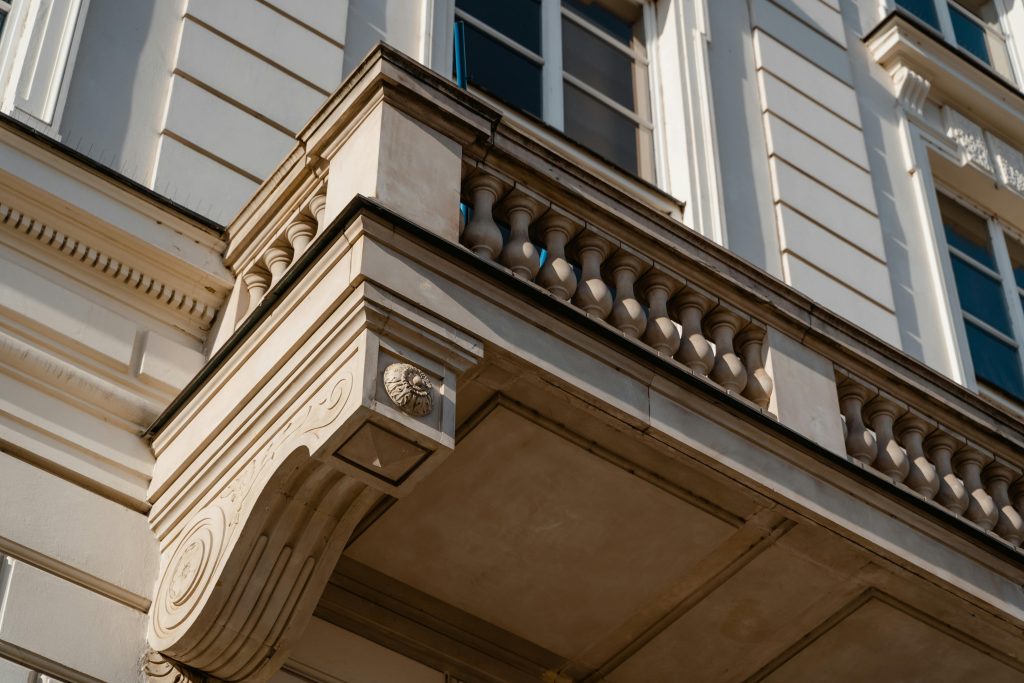Troubleshooting a Non-Responsive Computer: Resolving Display and Shutdown Issues
Experiencing a computer that refuses to display anything and won’t shut down can be a frustrating ordeal. If you’ve encountered a situation where your PC powers on but the screen remains blank, and your monitor indicates a “DisplayPort No Signal” message, understanding potential causes and solutions is essential. This guide aims to help you diagnose and resolve these common issues effectively.
Understanding the Issue
The symptoms described include:
– The computer does not display anything on the screen upon startup.
– The monitor shows a “DisplayPort No Signal” message.
– Restarting the computer results in immediate power-on but no display.
– The device does not respond to shutdown commands.
Possible Causes
Several underlying problems could be responsible for this behavior:
- Connection Issues
- Loose or damaged DisplayPort cable.
-
Incorrect input source selected on the monitor.
-
Hardware Problems
- Faulty graphics card or GPU.
- Issue with the motherboard or power supply.
-
Overheating or hardware failure after prolonged use.
-
Software or BIOS Errors
- Corrupted display drivers.
-
BIOS misconfiguration or corruption.
-
Power Supply Glitches
- Power fluctuations or insufficient power delivery.
Step-by-Step Troubleshooting
- Check Physical Connections
- Ensure the DisplayPort cable is securely connected to both the monitor and the GPU.
- Try using a different cable to rule out cable faults.
-
Confirm the monitor is set to the correct input source.
-
Test with Alternative Monitors or Ports
- Connect your PC to a different monitor or display device.
-
If possible, try connecting via an alternative output port (e.g., HDMI, DVI).
-
Power Cycle the Computer
- Turn off your PC completely.
- Unplug the power cable from the outlet.
- Wait for at least 60 seconds to discharge residual power.
-
Reconnect the power and turn on the device.
-
Check Hardware Components
- If comfortable, reseat the graphics card and RAM modules.
- Inspect for any visible damage or dust buildup.
-
If available, test with a different graphics card.
-
Boot into Safe Mode
- Attempt to boot into Safe Mode by pressing the appropriate key during startup (commonly F8 or Shift+F8).
- If successful, update or reinstall display drivers.
6.
Share this content:



